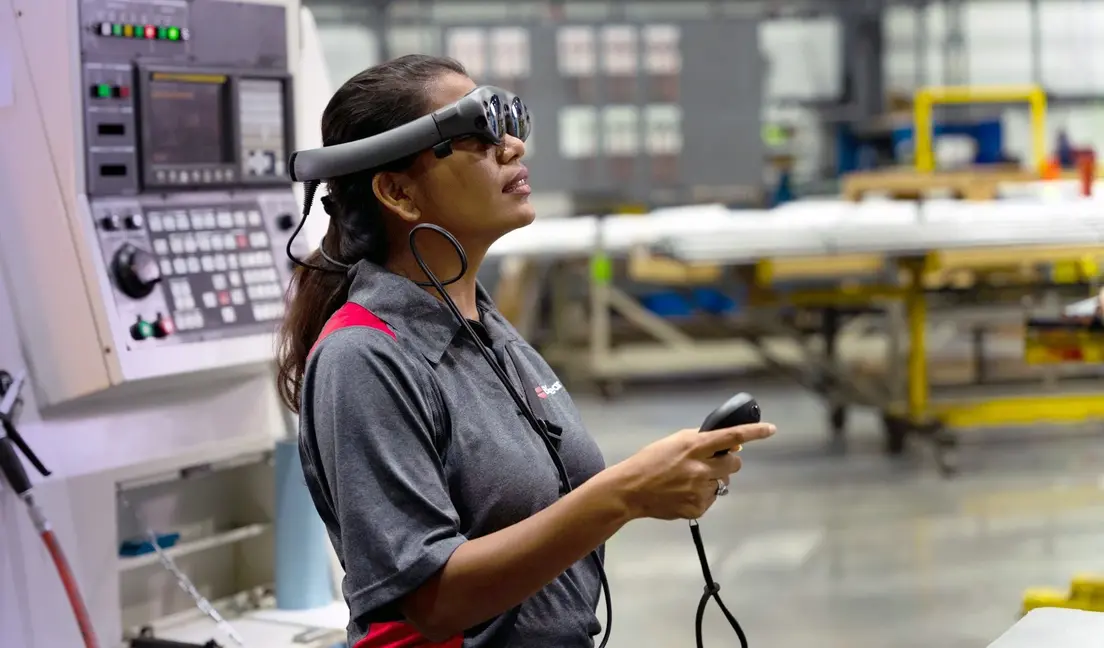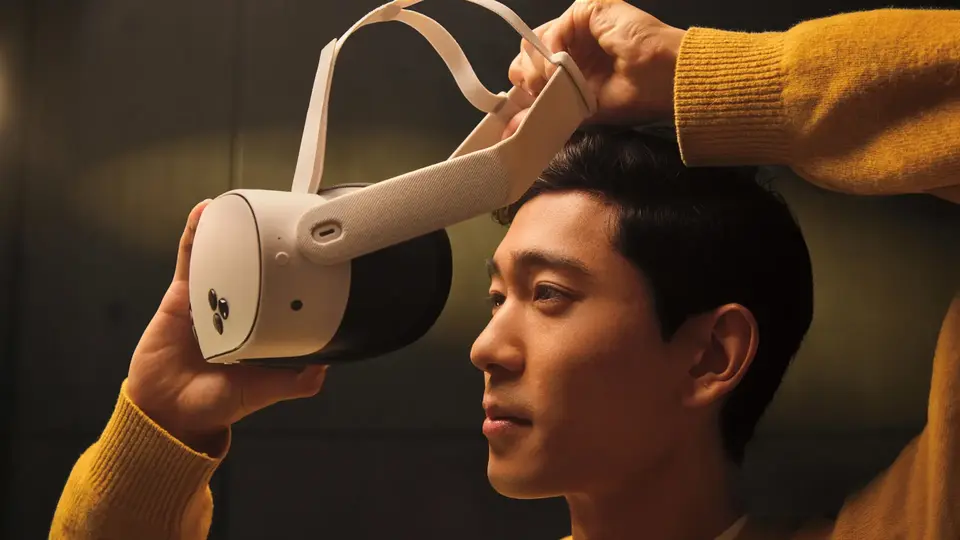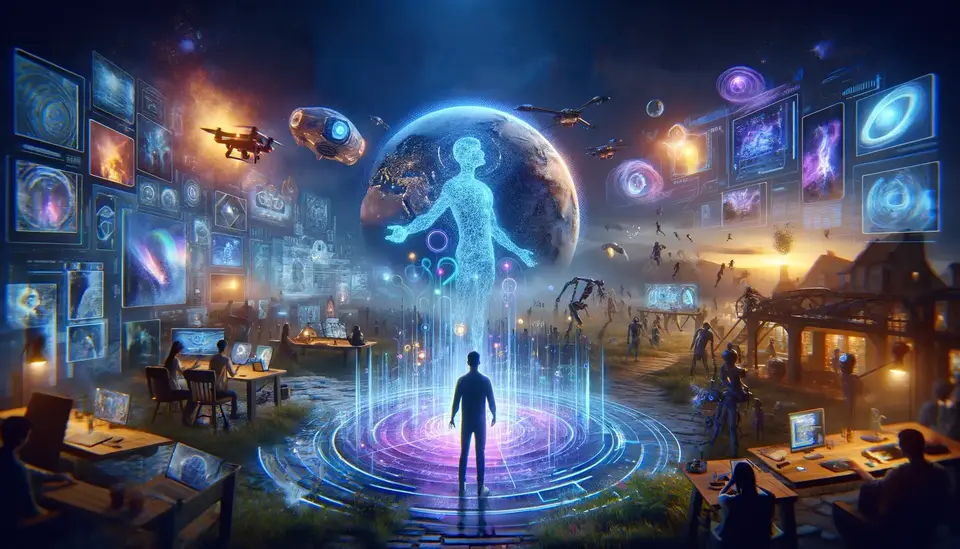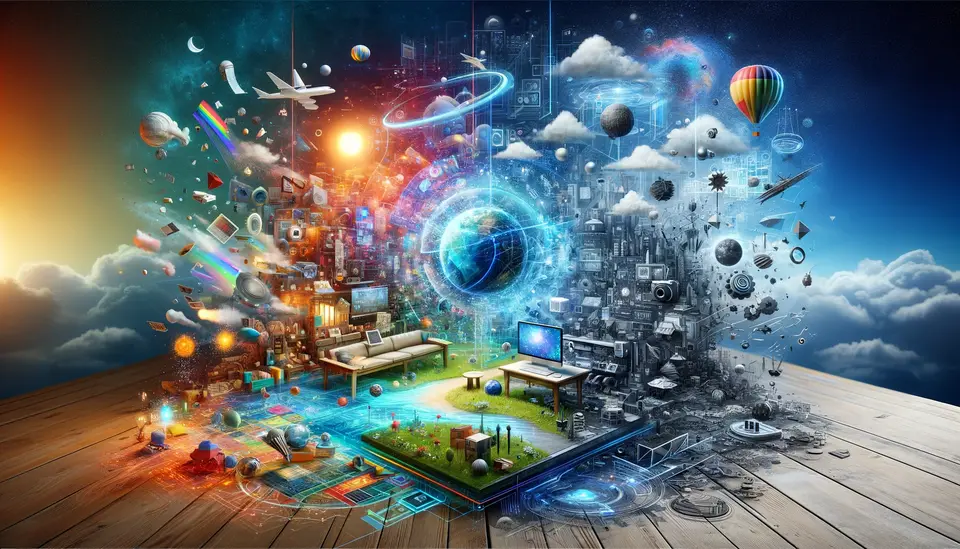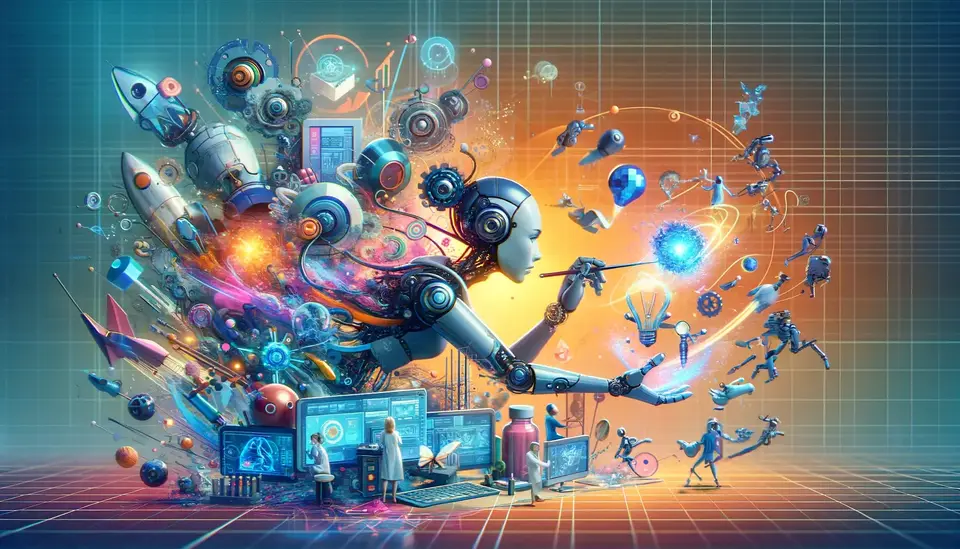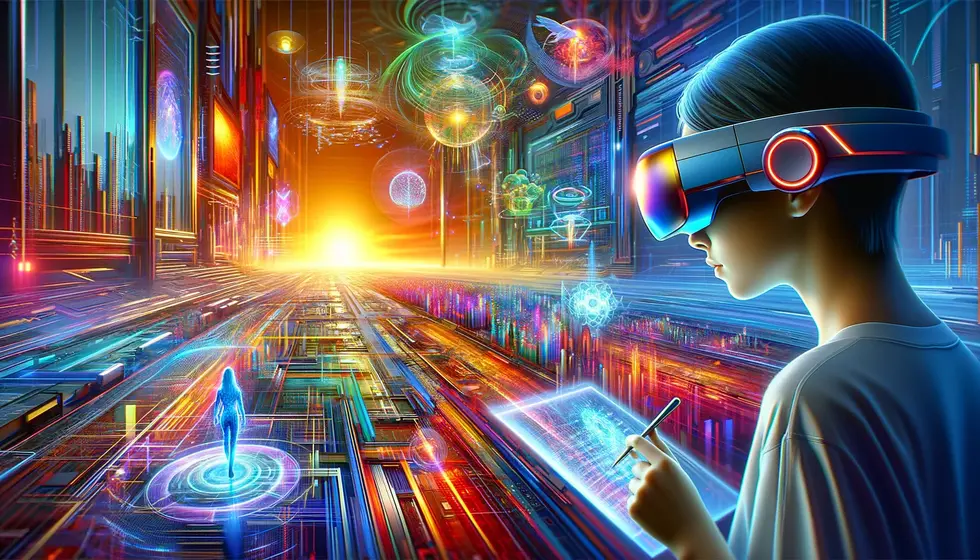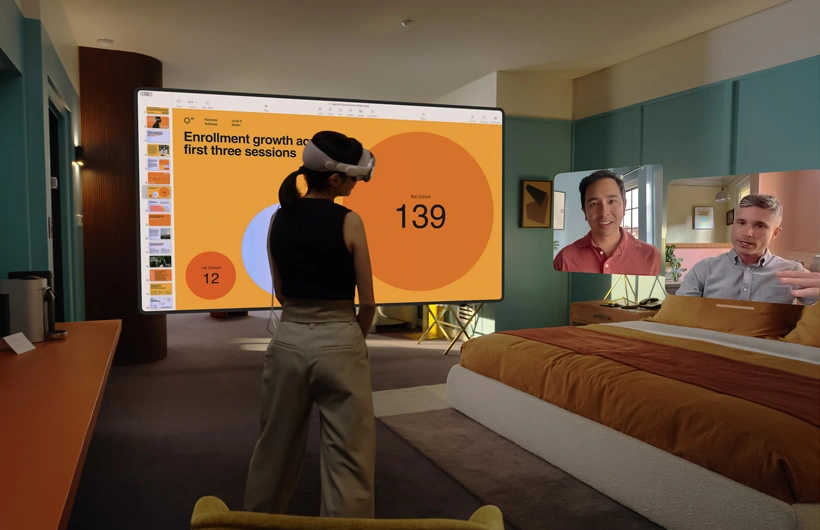Criticism and Concerns About Mixed Reality
Posted on April 18, 2023 3 minutes 570 words
Table of contents
Mixed reality (MR) has emerged as a game-changing technology that fuses the digital and physical worlds, offering users immersive experiences and unlimited potential applications. From entertainment to education and even healthcare, MR technology is poised to revolutionize the way we interact with our environment. However, with great potential comes great responsibility. In this blog post, we will delve into the criticisms and concerns surrounding mixed reality and explore possible solutions to ensure its responsible development and usage.
Ethical Concerns
Mixed reality has the power to create and manipulate virtual experiences that blur the lines between reality and fiction. Issues such as deepfakes, misinformation, and psychological manipulation are significant ethical concerns that warrant attention.
Content creators and developers should adhere to ethical guidelines to prevent the misuse of MR technology. Policymakers can play a vital role in establishing regulations and codes of conduct to ensure responsible creation and dissemination of MR content.
Privacy and Security
Mixed reality devices collect and process vast amounts of personal and sensitive information to provide users with customized experiences. This constant data collection raises serious concerns about data privacy and the potential for unauthorized surveillance. Moreover, the risk of security breaches can result in devastating consequences for users.
To mitigate these risks, it is crucial for developers to prioritize privacy and security in the design of MR devices. This includes implementing strong encryption, data anonymization techniques, and allowing users to control their data collection preferences. Furthermore, users should remain vigilant about the applications they use and the permissions they grant.
Health and Safety
The immersive nature of MR technology can lead to various health and safety issues. Users may experience motion sickness, eye strain, and even addictive behaviors. Additionally, users might lose awareness of their surroundings, leading to accidents and injuries.
To minimize these risks, developers should continuously improve the ergonomics and user experience of MR devices. Users should follow guidelines for safe usage, such as taking breaks and maintaining awareness of their physical environment. Regulators should also consider establishing standards for MR device safety.
Social Interaction and Isolation
While MR technology can facilitate unique and engaging social experiences, it also has the potential to disrupt authentic human connections. Overreliance on virtual social interactions may lead to feelings of isolation and negatively impact users’ mental well-being.
To foster healthy social habits, users should balance their time spent in mixed reality environments with real-life social interactions. Developers can also create applications that promote social engagement and collaboration in the physical world.
Digital Divide and Accessibility
The accessibility of MR technology remains a pressing concern, as not all users have equal access due to economic or geographic factors. The growing emphasis on MR in education and other sectors could exacerbate existing inequalities, leaving disadvantaged individuals further behind.
To bridge the digital divide, efforts should be made to make MR technology more affordable and accessible. This includes developing low-cost devices, creating inclusive content, and promoting digital literacy programs.
Conclusion
Mixed reality offers transformative potential, but it also raises valid criticisms and concerns that must be addressed. By fostering collaboration between stakeholders, including developers, users, and policymakers, we can create a responsible and sustainable MR ecosystem that benefits all. As we continue to explore the possibilities of mixed reality, we must remain vigilant in addressing its dark side and ensure that this groundbreaking technology leads to a brighter future.

